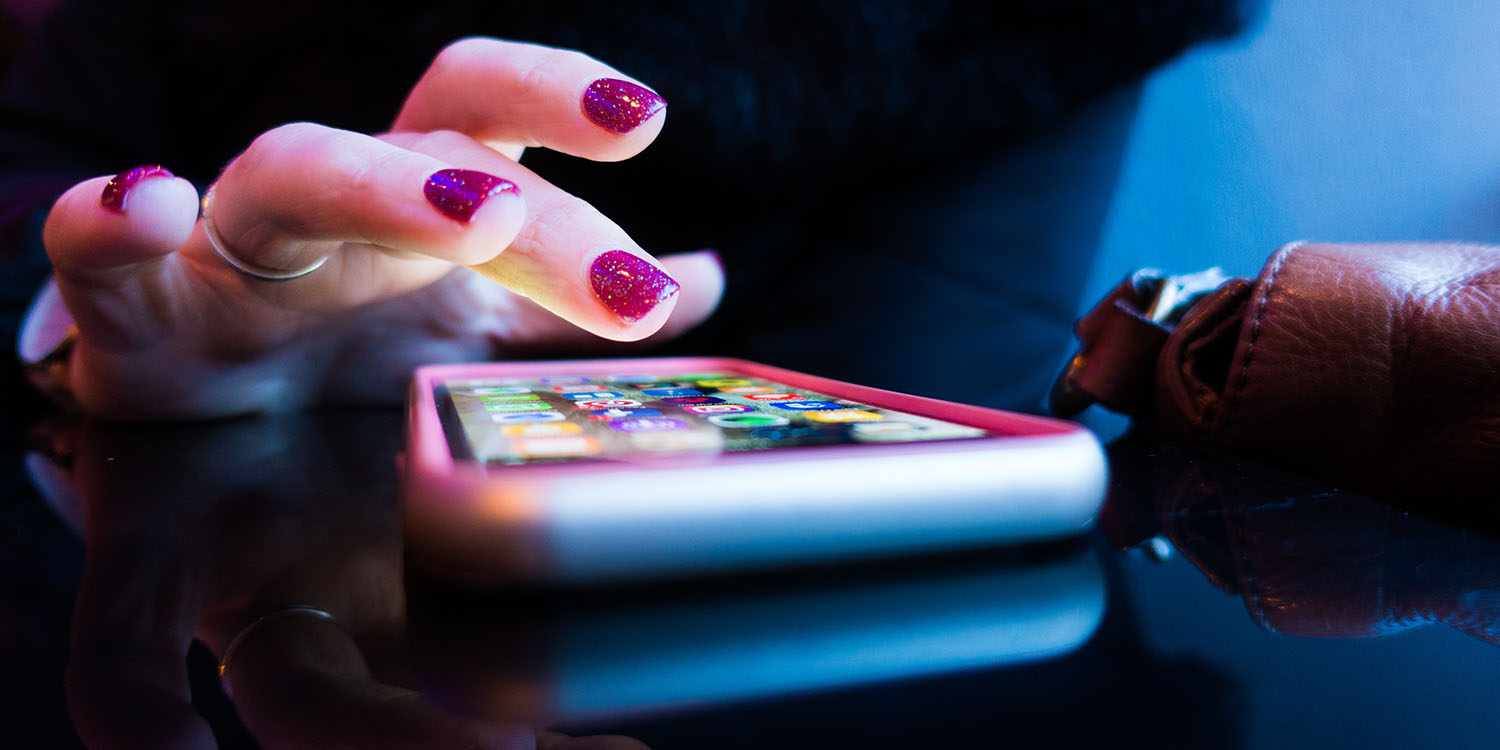
If you’re a developer who’s ever dreamed of hitting the top of the App Store rankings, the good news is that a new analysis shows roughly how many daily downloads it takes.
The bad news is that the number is always increasing and Apple applies additional criteria, which means that downloads alone won’t do it. There are six other things to worry about …
Downloads needed to hit the top of the App Store
Sensor Tower data reveals that the average number of daily downloads to qualify for the number one slot has climbed from 114K in 2019 to around 156K today.
Things are a little easier for games.
Mobile games have seen a Y/Y decrease in the median number of installs needed to reach No. 1 on both the U.S. App Store and Google Play. Year to date, iPhone titles must reach 93,000, down 46 percent from 171,000 in 2019; on Android, a median of 37,000 installs will reach No. 1, 68 percent less than the 114,000 needed in 2019.
A similar trend has emerged for the top 10 on the U.S. App Store and Google Play; non-game iPhone apps face higher boundaries than their Android counterparts or mobile games on both marketplaces. Year to date, a non-game iPhone app needs approximately 52,000 installs on any given day to rank among the overall top 10. This is up 2 percent compared to 51,000 in 2019.
On Android, a non-game app must reach approximately 29,000 downloads to chart in the top 10 in 2022, down 9 percent from 2019. This is the lowest threshold ever seen, including 2019 and prior.
But as TechCrunch reports, downloads alone won’t get the job done.
In the early days of the App Store, Apple soon realized that downloads alone would give developers an easy way to buy their way to the No. 1 spot.
It then expanded its ranking algorithm to make it more complex — and more of a mystery. Another firm, Apptopia, believes it has reverse-engineered the current version of this algorithm, which is said to consider numerous factors like velocity, app usage, quantity of new users and more.
Six additional criteria
Here’s what else Apptopia thinks it takes currently:
- App usage (session frequency and total time spent in-app)
- Velocity of downloads/engagement (assume a 4-7 day moving avg. is used)
Secondary components are said to be:
- App store rating
- User review volume
- Keyword relevancy
- Uninstalls
The company delved further into star rankings:
To get an understanding of the impact ratings have on store rank, we pulled a 60 day sample size in 2021 of the top 200 ranked apps in the United States for the iOS App Store and the Google Play Store, along with their respective star ratings.
In our 200 app sample on iOS, we found there to be an average of 192.5 apps rated 4 stars and above. This is the overwhelming majority (96%) and so we can conclude that it matters to be a highly rated app to be consistently ranked as a top 200 app overall. Doing the same thing for Google Play, the average was 138.2 and so it appears ratings have less of an impact on rank, but still, the majority (69%) of the top 200 are rated at 4 stars and above.
But there can be a hidden sting in sudden popularity.
When an app experiences a surge in downloads, and shoots to the top, we usually see an uptick in negative reviews because more users = more bugs found for apps that have been unable to be heavily tested.
The whole piece is an interesting read.
Photo: Rob Hampson/Unsplash
FTC: We use income earning auto affiliate links. More.



Comments